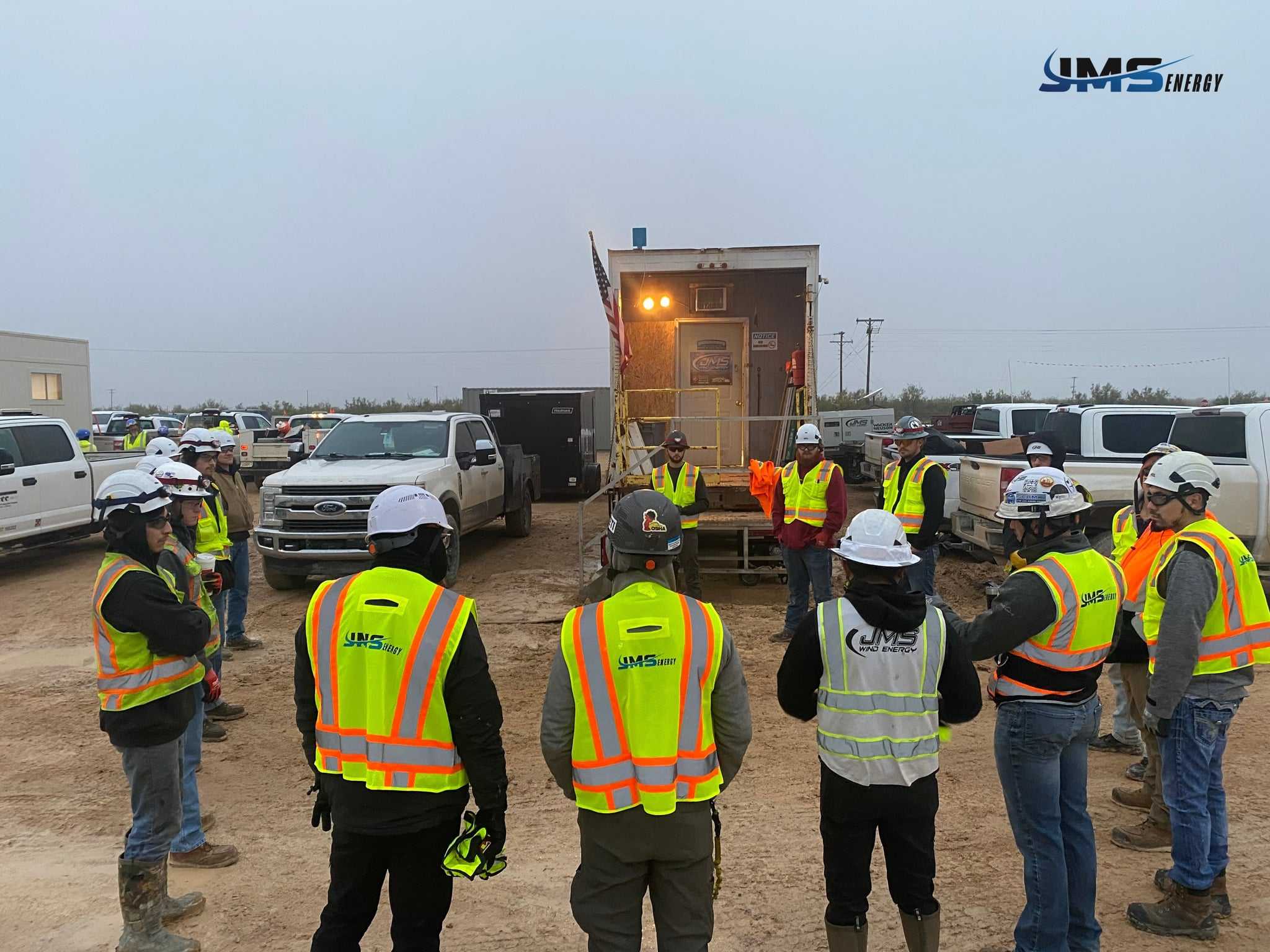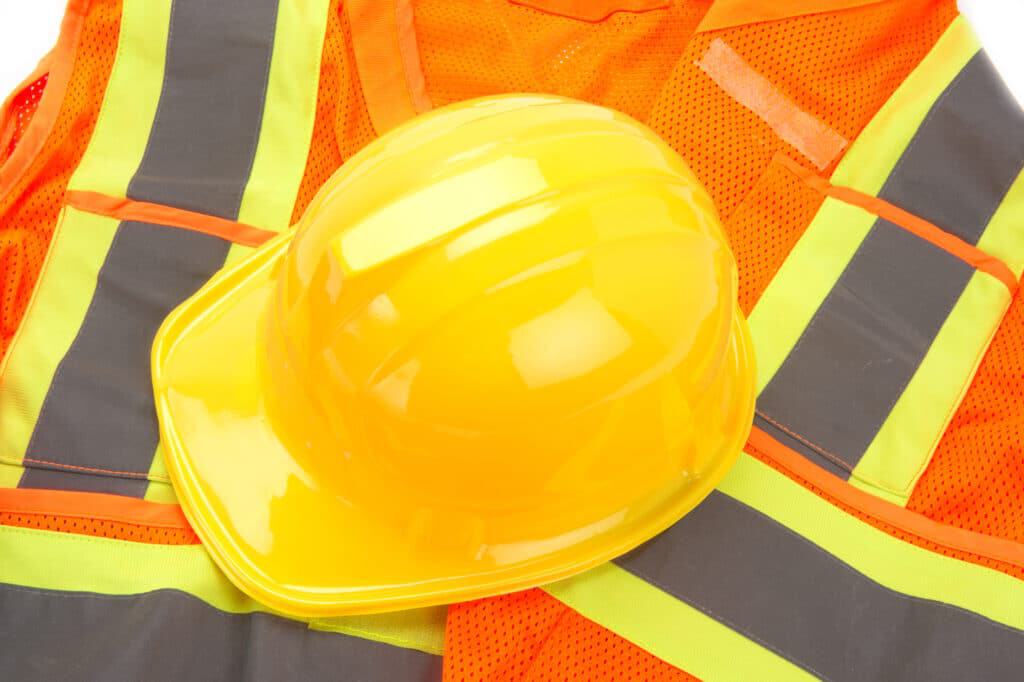
As a key player in the energy industry, JMS is profoundly committed to safety in all its operations. The following frequently asked questions (FAQs) outline how we prioritize safety through various initiatives, protocols, and innovations.
Table of Contents

1. What is JMS’s Philosophy on Safety?
At JMS, our philosophy on safety revolves around the paradigm of proactive prevention and continuous improvement. We view safety not just as a protocol but as an integral part of our corporate culture. Our approach is defined by a commitment to creating an environment where safety is the first and foremost consideration in every aspect of our operations. This dedication is underscored by our adherence to stringent safety measures that go beyond regulatory compliance to ensure the well-being of our employees, contractors, clients, and the community.
2. How Does JMS Ensure Effective Training and Development?
JMS places a strong emphasis on safety through its comprehensive training and development programs. We convert theory into practice by routinely organizing and conducting hands-on training sessions, safety workshops, emergency response drills, and regular safety briefings. Our team is required to complete rigorous training modules that cover a wide range of safety topics—from hazard recognition and risk assessment to advanced emergency response techniques.
This relentless focus on training equips our workforce with the skills necessary to identify potential threats and mitigate risks effectively. Additionally, we regularly update our training techniques and curricula to incorporate the latest safety technologies and processes, ensuring our team remains on the cutting edge of safety expertise.
3. What Technology Does JMS Use to be Committed to Safety?
Leveraging advancements in technology is a cornerstone of JMS’s commitment to safety. We employ state-of-the-art technologies like predictive analytics and digital monitoring systems to proactively identify potential hazards before they can escalate into incidents. Our digital platforms monitor real-time data, allowing our safety team to promptly address risks and deploy corrective measures.
Our investment in wearable technology also enhances situational awareness and worker safety, providing real-time feedback and alerts in the field. These innovations contribute significantly to minimizing the likelihood of human error and strengthen our preventive safety measures.
4. How Does JMS Cultivate a Culture Committed to Safety?
Building a robust safety culture involves more than just policies; it requires commitment at every level of the organization. At JMS, we foster a culture of transparency and mutual responsibility, where every employee is empowered and encouraged to take ownership of safety. Regular open forums and safety meetings provide opportunities for employees to discuss concerns, share insights, and propose safety improvements.
Leadership plays an essential role in cultivating this culture by leading by example, actively participating in safety initiatives, and continually reinforcing the importance of safety compliance and vigilance. By valuing each team member’s input and dedication to safety, JMS strengthens a collective ethos of safety-first.
5. How Does JMS Engage in Continuous Safety Improvement?
JMS is dedicated to a framework of continuous improvement, where safety performance is regularly evaluated, and actionable insights are derived to enhance our procedures. We have established a feedback loop wherein our employees and stakeholders can report safety concerns without fear of repercussion. Each report is carefully analyzed and responded to with timely corrective actions.
Moreover, we utilize safety audits, incident investigations, and performance metric reviews to identify areas for improvement. JMS is committed to safety and adopting best-in-class practices, learning from every incident, and implementing preventative measures to heighten safety standards consistently.
6. What Role Do Compliance and Standards Play in JMS’s Safety Commitment?
Compliance with industry standards and regulations is the bedrock of JMS’s safety operations. We adhere to both national and international safety standards—ranging from local OSHA regulations to global ISO certifications—to ensure our operations meet the highest standards of safety.
Beyond compliance, JMS engages with industry bodies to remain updated on evolving standards and enhancements. This proactive stance on compliance ensures that we not only meet but often exceed regulatory requirements, thereby safeguarding all those involved in and affected by our operations.
7. How Does JMS Involve the Community to be Committed to Safety?
JMS understands that our commitment to safety extends beyond our operational boundaries and into the communities we serve. We actively engage with local stakeholders by providing educational workshops, safety awareness programs, and community drills. These initiatives serve to inform and protect our community members, emphasizing our responsibility toward their safety and well-being.
In times of emergency or incidents, our liaison with local emergency responders ensures that we efficiently manage risks in a manner that minimizes impact on the community.
Conclusion – How JMS is Committed to Safety
At JMS, our commitment to safety is unwavering, exemplified by comprehensive training initiatives, advanced technology integration, a robust safety culture, relentless pursuit of continuous improvement, adherence to standards, and community engagement. Our dedication to safeguarding our workforce and the communities we serve is the cornerstone of our operations, signaling to our clients and partners that their safety is as important to us as it is to them. We firmly believe that through our concerted efforts, we can achieve our goal of zero incidents and foster a safer industry for all.






